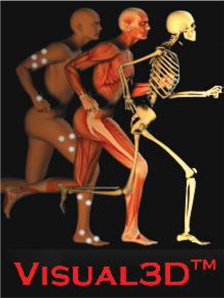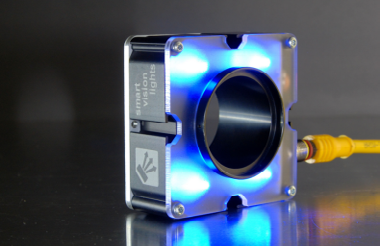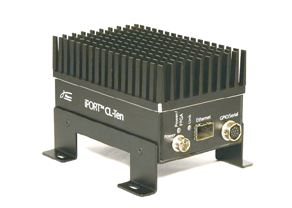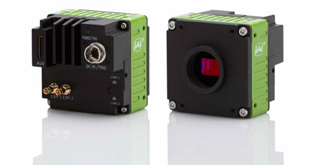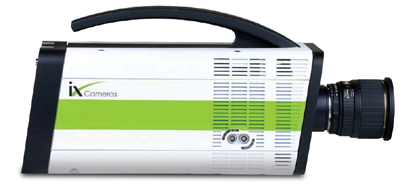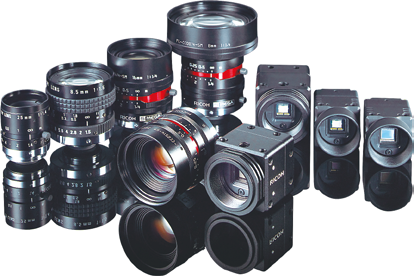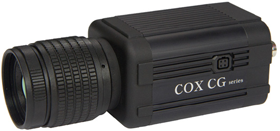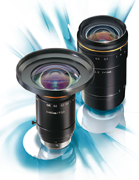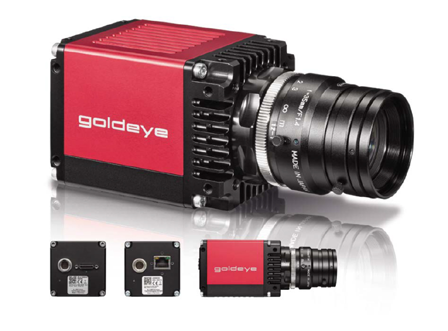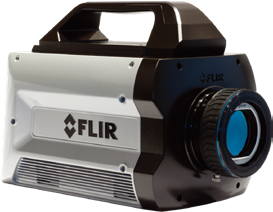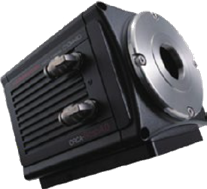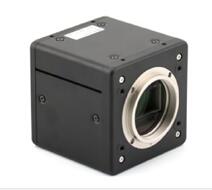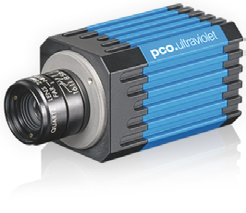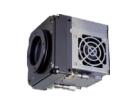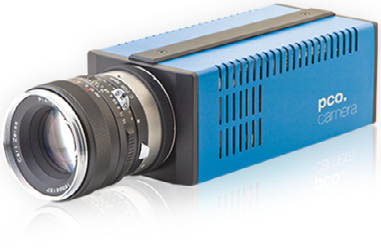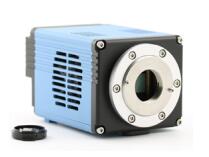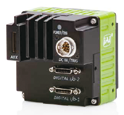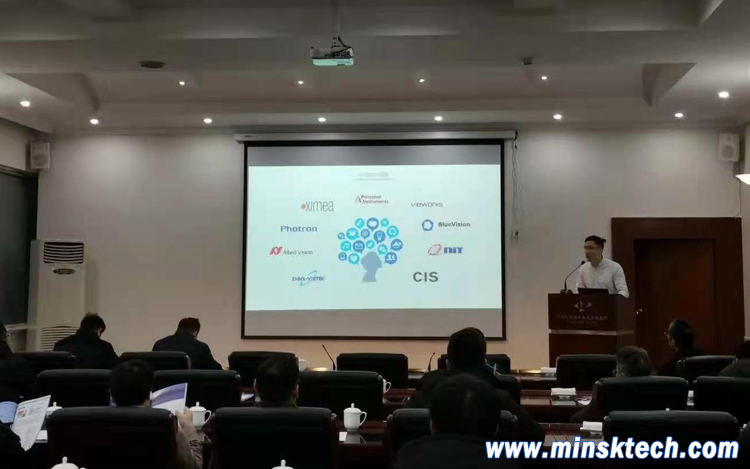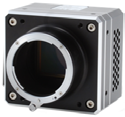
In recent years, the use of scientific cameras for environmental protection has gained widespread attention. The creation of digital twins, which is a virtual model of a natural system or object, has been achieved using scientific cameras. In this article, we will discuss how scientific cameras can be used to create digital twins for environmental protection.
Firstly, scientific cameras can be used to monitor air pollution. Most scientific cameras have high-resolution capabilities that can capture images of particles in the air. This can help to assess the level of air pollution in different areas. By using algorithms and machine learning, it is possible to create digital models to predict the level of pollution in the future or to identify the sources of pollution.
Secondly, scientific cameras can be used to monitor water quality. By taking images of rivers, lakes, and oceans, it is possible to analyze water quality. The images captured can help hydrologists to identify the level of pollutants in the water. By creating digital twins of the water environment, it is possible to simulate the spread of pollutants and to develop strategies for their containment.
Thirdly, scientific cameras can be used to monitor the biodiversity of an ecosystem. By taking images of different species of animals, plants, and insects, it is possible to monitor the changes in the ecosystem. A high-resolution image can reveal the smallest details of an organism, such as the variation in pigmentation, which may indicate the natural range of the species.
Fourthly, scientific cameras can be used to monitor the change in climate. By taking images of glaciers, ice caps, and other geological formations, it is possible to monitor the loss of ice. Scientific cameras can also be mounted on satellites, which can provide a global view of the climate patterns. The analysis of these images can help to predict the rate of climate change and its effects on the environment.
In conclusion, scientific cameras are useful tools for environmental protection. By using them to create digital twins, it is possible to monitor and understand how natural systems function. The creation of digital twins can provide a more accurate understanding of the natural environment and help to develop strategies for its protection. Scientific cameras play an important role in addressing environmental challenges and technology continues to evolve to cater to further research.


